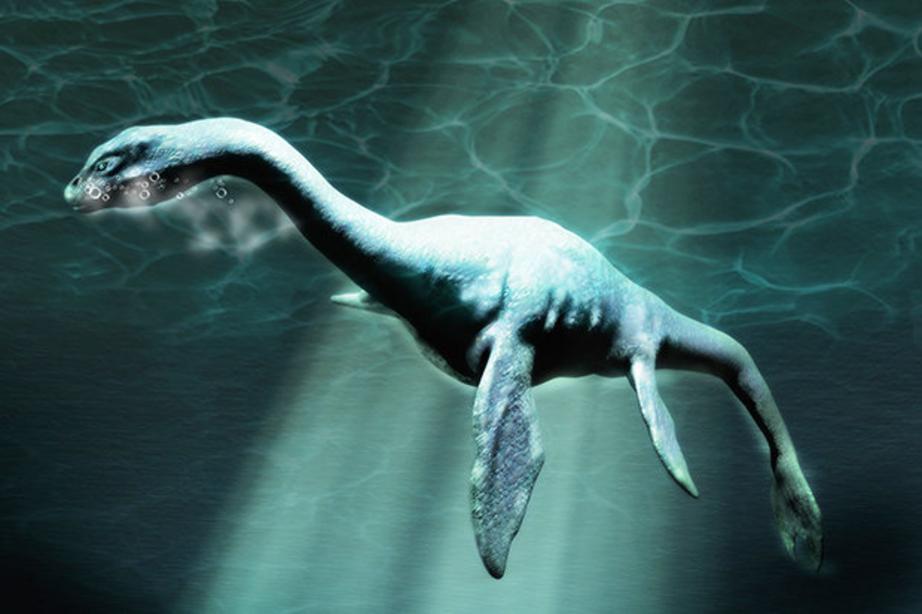Giant marine reptile lived in Antarctic 150 million years ago
Scientists in Argentina have found the remains of a giant carnivorous marine reptile, or plesiosaur, that lived 150 million years ago in Antarctica.

The four-finned reptile, which measured up to 12 meters (13 yards) long, dates from the late Jurassic period and is the most ancient creature ever discovered on the continent.

Soledad Cavalli, a paleontologist at Argentina's National Scientific and Technical Research Council, said: "At this site, you can find a great diversity of fish, ammonites, some bivalves, but we did not expect to find such an ancient plesiosaur."

The "surprising" discovery has never been documented, according to a statement from the National University of La Matanza, near Buenos Aires.
"The discovery is pretty extraordinary, because the rock types at the site weren't thought conducive to the preservation of bones, like the vertebrae of this marine reptile," Cavalli said.
The discovery site was a two-hour helicopter journey from Argentina's Marambio Base on the tip of Antarctica, with the researchers set to continue their work in January, during the southern hemisphere's summer.
Marcelo Reguero of the Argentine Antarctic Institute (IAA) added that Antarctica was at the time part of the Gondwana continent, which also included Australia, New Zealand, India, Madagascar, Africa and South America, before continental drift pushed them apart.

